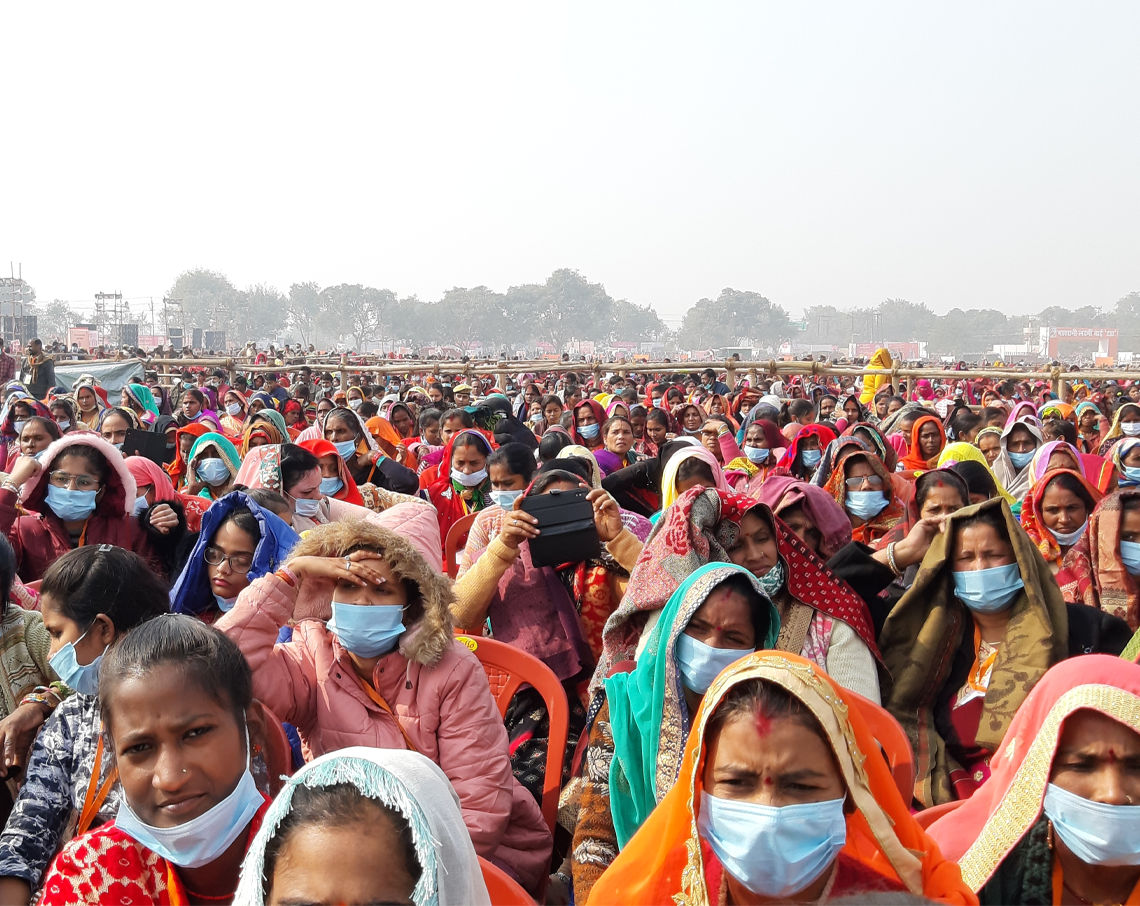Funding medical treatment for economically weaker society
Many people in the country are discouraged by the high expense of healthcare, and for those coming from low-income homes, it is nearly out of reach, especially if the treatment requires hospitalization, surgery, or expensive treatments. Poor people will not be able to afford those costs.
A medical emergency can sap the financial, mental, and physical resources of the majority of families, leaving them powerless and dejected. Families frequently take on debt by borrowing money.
Lower middle-class Indians are unable to choose the higher health insurance coverage required to cover medical expenses due to high premiums.
The rural poor do not have access to the benefits of government health schemes or the amounts paid under these schemes only partially cover the costs of treatment. Hospital bills from cancer and other serious illnesses drive millions of villagers into poverty every year.
Some of the government schemes give financial assistance to poor people. Out of those 2 schemes are most helpful.
- Health Minister’s Discretionary Grant (HMDG)
- Rashtriya Arogya Nidhi (RAN)
Health Minister’s Discretionary Grant (HMDG):
Under the HMDG, financial assistance is provided to poor patients whose household income is below Rs.1,00,000/- annually.
The limits for financial assistance are as follows:
Rs.50,000/- if the estimated cost of the treatment reaches Rs.1,00,000/-.
Rs.75,000/- if the estimated cost of the treatment exceeds Rs.1,00,000/- & up to Rs. 1,50,000/-.
Rs.1,00,000/- if the estimated cost of the treatment exceeds Rs.1,50,000/-
Rashtriya Arogya Nidhi:
The RAN was established in 1997 to provide financial assistance to patients living below the prescribed poverty line from time to time and suffering from severe life-threatening diseases related to heart, liver, kidney, cancer, etc., to obtain medical treatment at one of the super special government hospitals/institutions or other government hospitals. Financial aid to these patients is provided in the form of a "one-time grant" to the medical director of the hospital where the treatment is received.
The revolving funds have been established in 12 central government hospitals/institutes and amount to Rs. 50 lakhs were made available for the provision of financial aid. Consequently, only cases for financial aid above Rs. 5 lakhs should now be referred to the Ministry of Family Health and Welfare, Government of India.
For patients with life-threatening diseases where time is at a premium, this would facilitate treatment initiation for poor patients who are prima facie eligible for program support from these hospitals/institutions. It would also reduce the treatment procedure time, thereby providing relief to thousands of patients each year.
The Martin Foundation has continuously donated medical supplies to countless hospitals and health organizations for a disease-free India. It saved the lives of many poor people.
